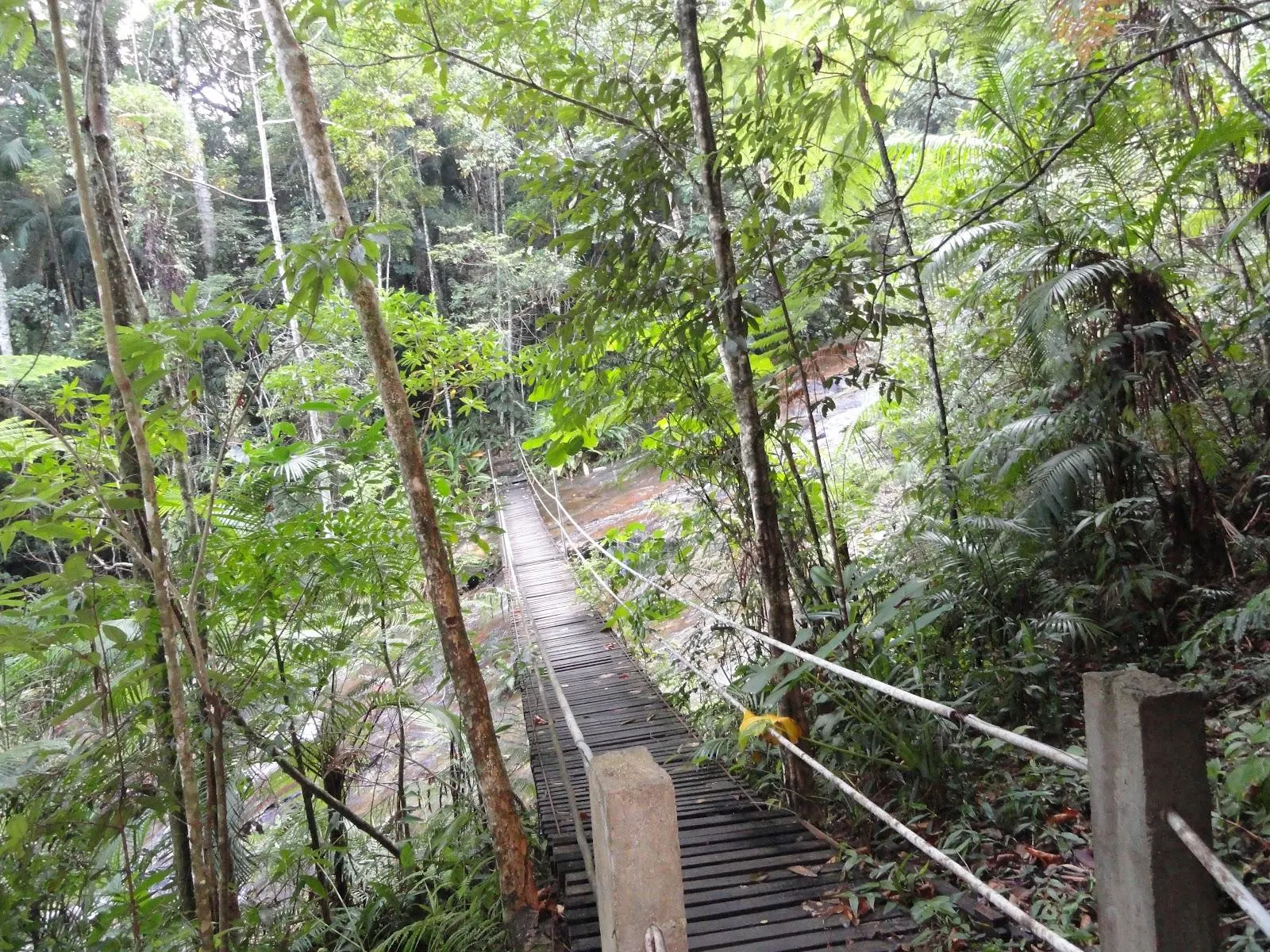Detailed information about the attraction. Description, photographs and a map showing the nearest significant objects. The name in English is Tijuca Forest National Park Brazil.
 |
| Tijuca Forest National Park Brazil |
The national park was created by decree of the President of the Republic on July 6, 1961 with the aim of preserving the ancient rainforests of Tijuca. The Tijuca National Park was declared a Biosphere Reserve by UNESCO in 1991. The reserve, covering 3,958.47 hectares, occupies about 3.5% of the metropolitan area of Rio de Janeiro. The reserve is divided into four sectors: Tijuca Forest, Serra da Carioca, Pedra Bonita / Pedra da Gavea, Pretos Forros/Covanca.
 |
| Tijuca Forest National Park Brazil |
Despite being the smallest national park in Brazil, it is the most visited attraction, receiving about 2 million visitors a year. The green zone is located in the central part of the district, its territory is interrupted and mixed with urban areas.
 |
| Tijuca Forest National Park Brazil |
Initially, the entire park was covered with a dense canopy of tropical rainforest. Due to the massive felling of wood for the needs of mills for the processing of sugar cane, construction, firewood and coal, pottery and domestic purposes, as well as the expansion of coffee plantations, it has been hit hard. In 1860, by order of Pedro II, restoration work was carried out to plant trees. Together with natural regeneration, this has given a good result, in today's forests a rich and varied flora grows.
 |
| Tijuca Forest National Park Brazil |
As a result of the floristic changes that have taken place over the past 400 years, and the lack of communication with other forests, the park does not contain all the species of animals that usually inhabit such areas. Poisonous snakes, armadillos, anteaters, raccoons, various species of primates, vipers, lizards, iguanas and geckos live here. The avifauna is quite rich - parrots, hummingbirds, pigeons, buzzards, lace makers and hawks have permanent residence in the national park.
 |
| Tijuca Forest National Park Brazil |
The park is open daily from 8 am to 5 pm, and until 6 pm in the summer. Many roads allow you to choose the most convenient way to visit - on foot, by bike, motorcycle, car and bus. Travel companies will prepare the best route for those wishing to climb to the statue of Christ. Swimming in waterfalls, swimming, picnics are allowed in certain places. In addition, there is a permanent photo exhibition about the history of the Tijuca National Park.
